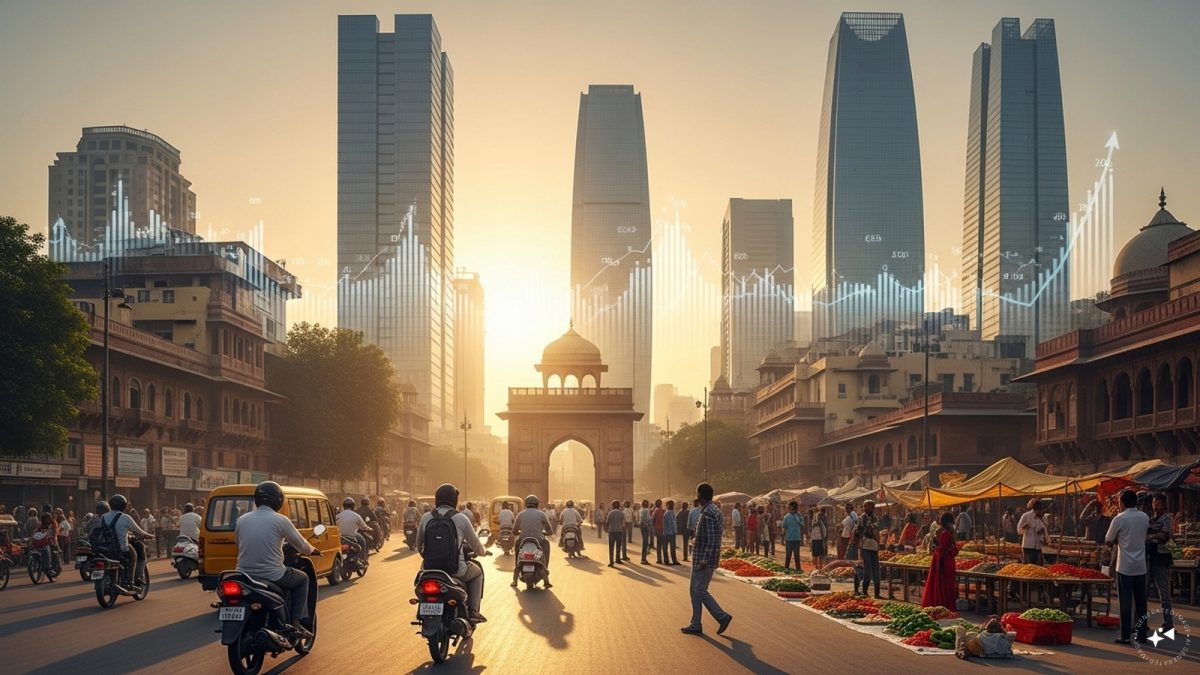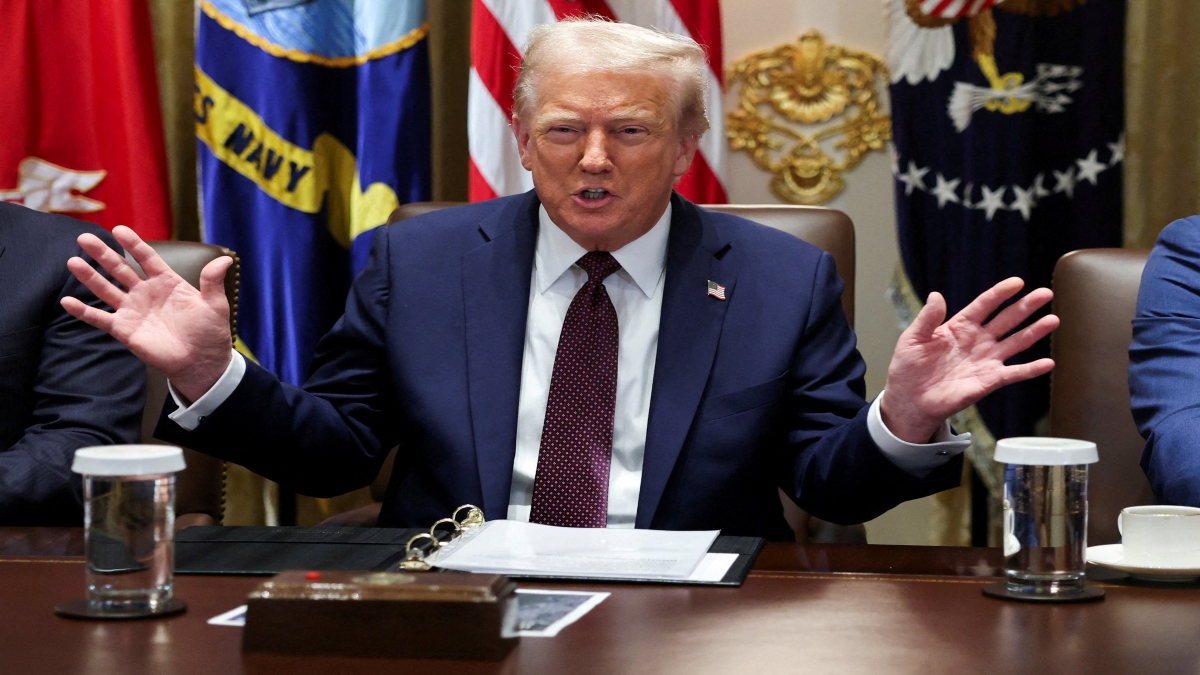India’s economy unexpectedly gathered strength in the April-June quarter, defying expectations of slower growth as steep US tariff hikes threaten to weigh on business activity in coming quarters.
India’s economy grew faster than expected in the April–June quarter, defying forecasts of a slowdown even as steep US tariff hikes threaten to weigh on exports in the months ahead.
Gross domestic product rose 7.8% in the quarter, up from 7.4% in January–March and well above the 6.7% expansion predicted in a Reuters poll, government data showed on Friday. Gross value added, a more stable measure of activity, climbed 7.6% compared with 6.8% in the previous quarter.
The upbeat data came days after Washington doubled tariffs on Indian imports to as high as 50%, the steepest among its trading partners alongside Brazil in retaliation for New Delhi’s continued purchases of Russian oil. The move is expected to hurt key export sectors including textiles, leather and chemicals.
The gross value added (GVA), seen as a more accurate measure of underlying economic activity, grew 7.6% in the three months to June, compared with 6.8% in the previous quarter. GVA excludes indirect taxes and government subsidy payouts, which tend to be volatile.
At this pace, India remains one of the fastest-growing major economies, despite an increasingly cloudy export outlook.
Prime Minister Narendra Modi’s administration has pledged support for sectors hit by U.S. tariffs and has said it would propose tax cuts to spur domestic demand.
Indian government sources have also said New Delhi hoped the U.S. would review the extra 25% tariff imposed this week due to India’s continued purchases of Russian oil. But as yet there are no indications of renewed talks between the two sides.
Manufacturing output rose 7.7% year-on-year in April-June, the first quarter of India’s fiscal year, against 4.8% in the previous quarter, while construction expanded 7.6%, easing from 10.8%.
The agriculture sector expanded 3.7%.
The economy remains resilient, helped by firm rural demand, but trade tensions with the U.S. could pose a downside risk, the Reserve Bank of India said in its monthly bulletin on Thursday.
The central bank expects the economy to grow 6.5% for the fiscal year ending in March 2026, and held its key interest rate unchanged at 5.50% earlier this month.
Some economists said steep U.S. tariffs and subdued retail inflation – which eased to an eight-year low of 1.55% in July – could create room for limited monetary easing if needed.
With inputs from agencies
End of Article

)
)
